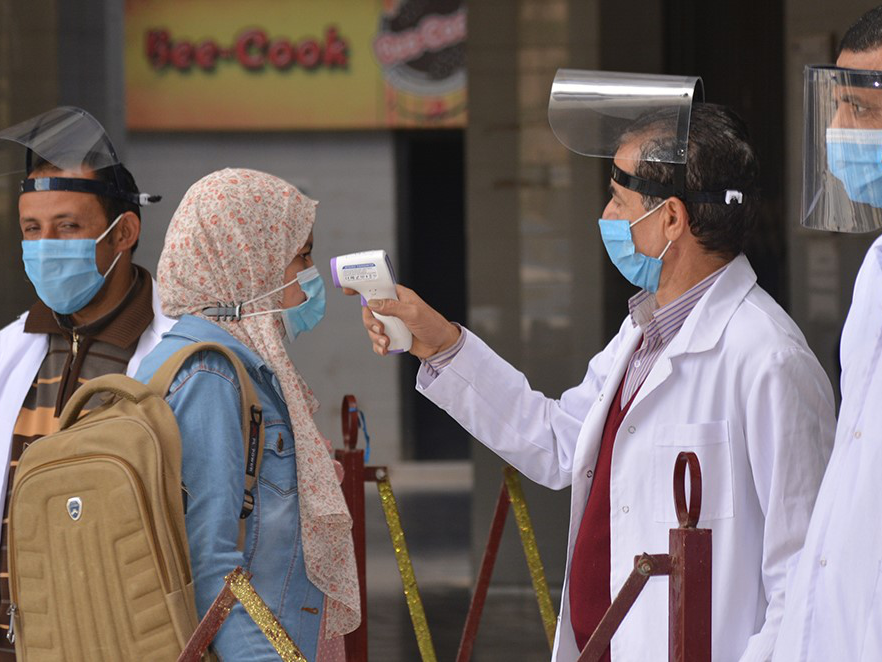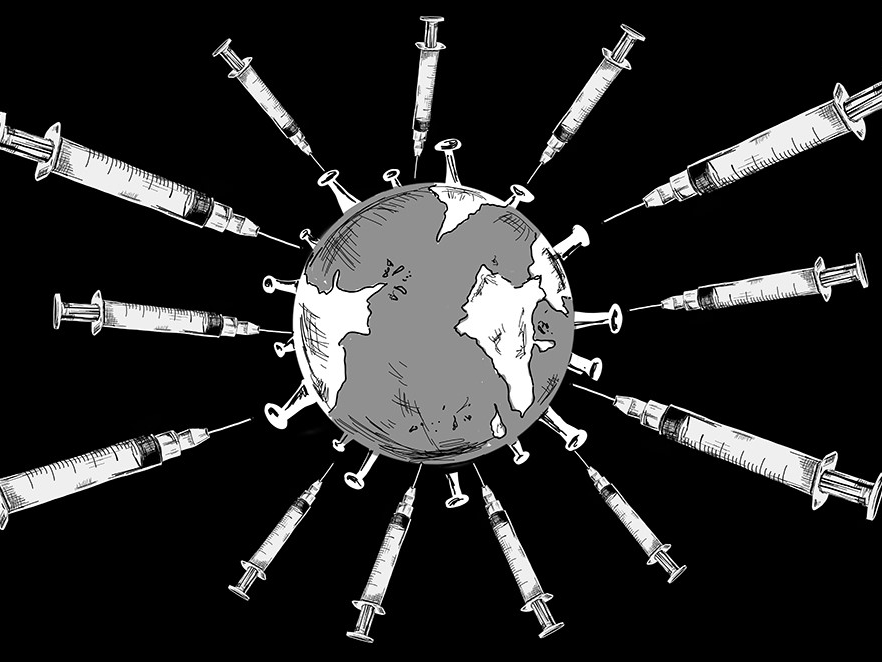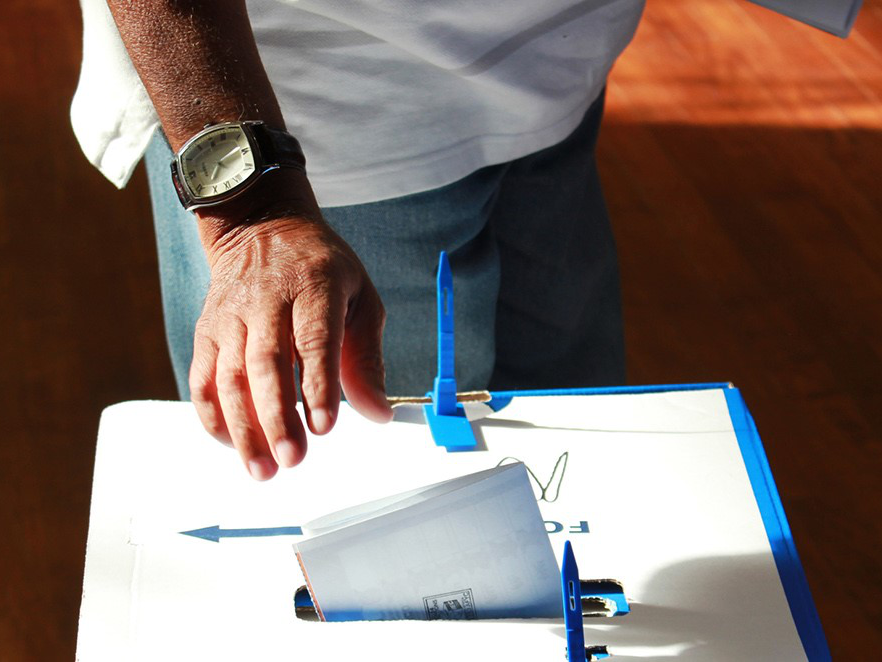Over a year into COVID-19, the pandemic continues to take its toll on the MENA region.
Disruption and volatility are having socio-economic implications across the region through hits to consumption, supply chains, and business confidence. One thing is for sure, the pandemic has changed the MENA region for good, and in many cases it has catalysed the tides of change (technological or otherwise) which had been in the making before COVID-19.
In the MENA region’s most populous market, Egypt, the story has been one of relative resilience. The Government initially responded to COVID-19 with an evening curfew as well as a strong basket of monetary and fiscal stimuli, aimed at softening the blow from the pandemic.
A year on, the economy has reopened (almost fully), and it appears that this response has enabled a swift route back to recovery, as evidenced by Egypt’s GDP growth of c. 3.6% in FY 2019/20, a standout in the region. There are several other indicators pointing to resilience, including a 1.3% primary budget surplus, a steady level of reserves at c. US$40bn (c. 8 months import cover), and low inflation at c. 6%. Those themes resonated positively with credit rating agencies which have upheld Egypt’s rating and outlook throughout 2020.
On the ground in Egypt, case numbers have risen in the third wave, and vaccination efforts have started but are yet to hit critical mass due to supply chain challenges. On the business front, our investee companies have shown resilience which rhymes with the macroeconomic trends.
Our healthcare investments in both IDH and Cleopatra Hospital Group have bounced back quickly from COVID-19 and resumed growth due to their defensive nature. The pandemic has also further accelerated the digitisation of all aspects of daily life. Even the Egyptian Tax Authority is digitalising bills and payments. This trend reflected positively on our investee company Fawry which has been a beneficiary of growth in electronic payments.
The flexible work from home set up is changing the way that companies think about their delivery capability and the need for stronger digital infrastructure. This is accelerating activities in the data centre space, as well as in the fibre to the home and to business. The Information, Communication, and Technology sector is continuing to grow, and is expected to become 8% of Egypt’s total GDP thanks to smart cities, and new urban developments like the New Administrative Capital.
On the energy front, Egypt’s drive to boost renewable power’s share in its energy mix has been accelerated by the pandemic, with national targets for renewables now raised from 20% in 2022 to c. 50% by 2035. Our investee company Lekela Power continues to successfully build its 250 MW West Bakr wind power station in the Gulf of Suez which is expected to be completed on time this year.
On the social front, the cash transfer programs of “Takaful” and “Karama”, now covering c. three million families, are proving to be critical during the pandemic and have continued to provide support for those most in need, preventing more people to fall below the national poverty line due to difficult economic conditions.
The picture is not as resilient elsewhere in MENA. In the Maghreb region, Tunisia and Morocco continue to suffer from the impact of the pandemic, and vaccination efforts are still gathering momentum. Lockdowns have been largely lifted, but economic activity continues to be depressed, with GDP in 2020 contracting by 7% in Tunisia and 4.7% in Morocco, albeit both expect a return to growth in 2021.
The economies in both countries have gradually reopened, and Governments in both countries are providing support through a basket of fiscal stimuli and cash stipends, especially for rural workers who lost their jobs. Lost revenues from tourism in particular, a big source of hard currency for both countries is taking its toll on already stretched public finances, as evidenced by the c. 4% devaluation of the Tunisian Dinar in Q1 2021.
The impact on the private sector has been notable, even in defensive sectors like healthcare where we have investments in Tunisia. Social risk is very much top of mind in the Maghreb countries, and more funding is being lined up for social programs to mitigate the socio-economic impacts of the pandemic.
In the GCC region, the UAE which had acted early and decisively with a strict lockdown has now re-opened the economy following a 3.5% drop in GDP in 2020. Case numbers increased on the back of this reopening between October 2020 and February 2021, but the Government countered this with a concerted effort on the testing and vaccinations front (vaccination rates are reaching c. 90% of the population in April 2021); this has significantly brought down the number of new daily infections, and life appears to be gradually coming back to normal.
Meanwhile, Saudi Arabia continues to have strict containment measures in place including a travel ban for locals, and strict entry requirements for foreigners. The Saudi economy was hit by the double impact of the pandemic as well as a turbulent oil market. GDP contracted by 2.3% in 2020, but is expected to return to growth in 2021.
The “Sanad” support program has provided some support for various sectors during the peak of the pandemic, but this support has now largely ended and the impact of the containment measures continues to be felt in many sectors, including the consumer sector where we have an investment in QSR Company Kudu.
The pandemic has taken its toll on the economies of the MENA region to varying degrees. But every cloud has a silver lining. As elsewhere, COVID-19 is an accelerator of business and lifestyle shifts to a more digital world. Every single sector and every single business in the region has had to reconsider its digital transformation plans. This is good news for the MENA market in the long-term.
Digital transformations will imply better infrastructures and more efficient economies in due course. Be it through better healthcare provision, easier electronic payments, or even hybrid models of working, the markets of the region will emerge from the pandemic with short-term economic scars, but hopefully better equipped for an increasingly digitally enabled and reliant global economy.







